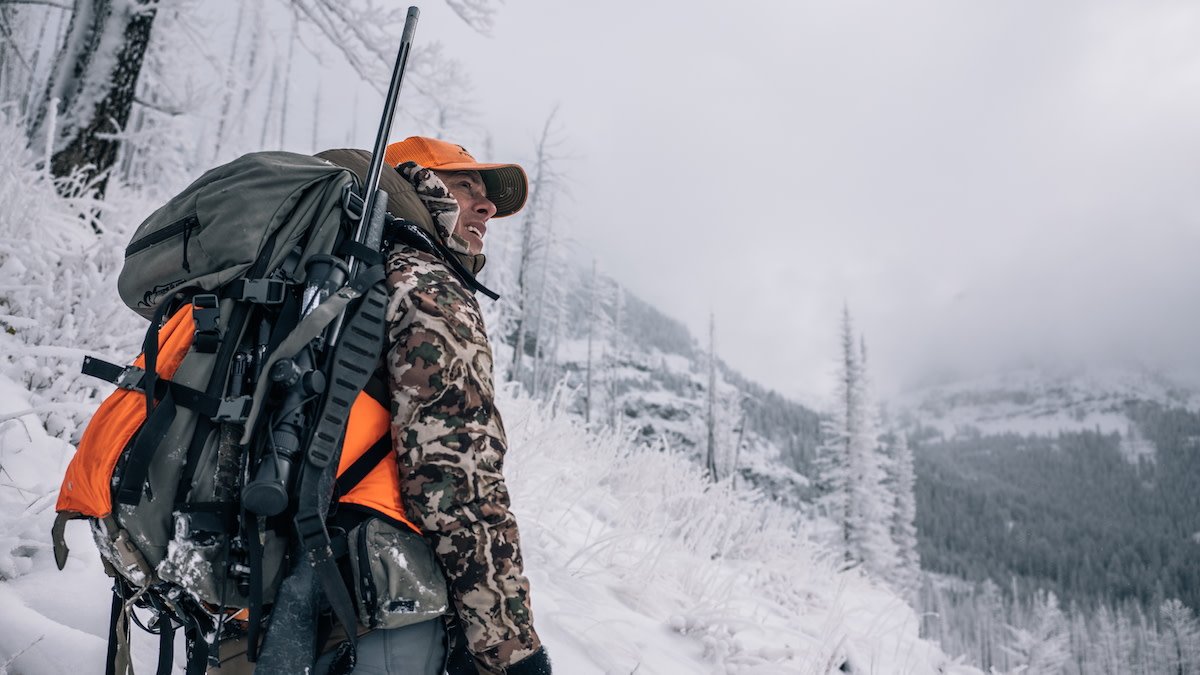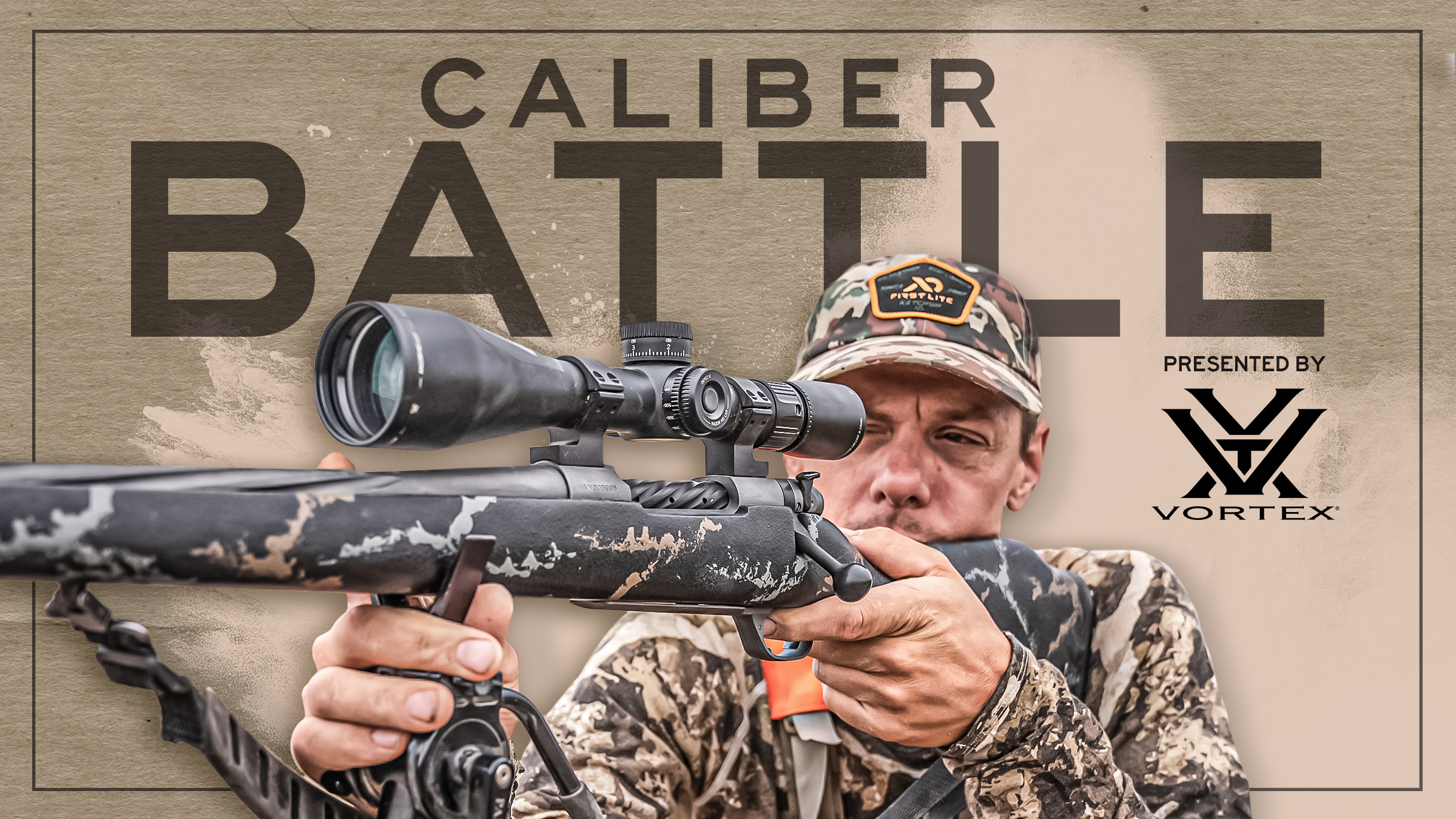
When hunters criticize the 6.5 Creedmoor as a copycat of older cartridges, they usually cite the 6.5 Swede, the .260 Remington, the .270 Winchester, or the 7mm-08 Remington. In this Caliber Battle, we’ll be taking a closer look at this last comparison.
The 7mm-08 Remington (usually pronounced “seven em em oh eight”) was introduced by its namesake company in 1980. Remington advertised their necked-down .308 Win. as the “first modern 7mm round designed for use in short-action rifles,” according to Frank C. Barnes in “Cartridges of the World.”
Barnes channels 6.5 haters when he points out that Remington’s marketing tactics weren’t strictly accurate. The .284 Winchester hit the market in 1963, and wildcatters had been necking down a .308 Win. case to 7mm since at least 1958.
“This is not meant to denigrate a fine cartridge, but to demonstrate that there really isn’t much new under the sun, despite advertising claims,” Barnes concluded.
As you can see, the 7mm-08 and the 6.5 Creedmoor have more in common than just their ballistic profile.

Ballistics
Despite using a slightly wider projectile, the 7mm-08’s bullet weights and velocities will sound familiar to 6.5 fanboys.
Barnes lists load data with 7mm-08 bullets ranging from 100 grains to 160 grains and velocities ranging from 2,400 to 3,000 feet-per-second (fps). However, the vast majority of factory options use 120-, 140-, or 150-grain bullets flying between 2,700 and 3,000 fps. Similarly, most 6.5 Creedmoor factory options use bullets between 120 and 140 grains that reach muzzle velocities between 2,700 and 2,900 fps.
When comparing bullets of the same weight, the 7mm-08 usually flies a little faster at the muzzle. This 120-grain Trophy Copper 6.5 Creedmoor, for example, hits 2,875 fps while this 120-grain Federal Fusion rockets away at 3,000 fps.
The 7mm-08 maintains the same velocity advantage with heavier bullets. This 140-grain 6.5 Fusion flies at 2,725 fps from the muzzle while this 140-grain 7mm-08 Nosler AccuBond reaches 2,850 fps of velocity.
Of course, as 6.5 fans are so eager to point out, a velocity advantage at the muzzle doesn’t always maintain itself downrange. The Creedmoor’s design allows ammo makers to load long, slender bullets, and these high-ballistic coefficient (BC) projectiles do a better job bucking the wind. Creed bullets don’t always have a higher BC than 7mm, but you’ll find that this is frequently the case.
Nosler’s 140-grain AccuBond selections, for example, feature a 6.5 Creedmoor bullet with a .509 BC while the 7mm-08 bullet has a .485 BC. The same BC disparity holds true for Federal’s PowerShok, Fusion, and Trophy Copper options.
Whether that slight BC advantage translates to better performance downrange depends on whether the 6.5 can overcome its initial velocity disadvantage. In the case of the 140-grain Nosler mentioned above, it can’t. But even though the 140-grain 6.5 Creedmoor Fusion bullet starts 125 fps slower than the 140-grain 7mm-08, it has surpassed the 7mm-08 and drifted a few inches less at 500 yards.
Much of this analysis goes out the window if you add custom rifles to the mix. Custom 7mm-08 rifles can be made with rifling fast enough to stabilize heavier bullets, at which point the cartridge’s ballistic profile improves significantly. However, even when considering factory rifles with factory ammunition, I think the 7mm-08 is still (very slightly) ballistically superior.
Winner: 7mm-08 Remington
Shootability
Ballistics aren’t everything. Oftentimes, a cartridge’s superior ballistics means it’s less comfortable to shoot and, consequently, less popular, less available, and more expensive.
Unfortunately for Creedmoor fans, that’s only half true in this case. The 6.5 Creedmoor is more accessible and slightly cheaper. Midway USA lists 97 options for the Creed (35 available to order as of December 2022) while the 7mm-08 only has 34 varieties (two available). Federal offers 18 variations on the 6.5 Creedmoor (11 available) and only eight of the 7mm-08 (zero available).
The popularity of the 6.5 means it’ll be easier to find, and it’ll also likely be cheaper. Whether you’re looking for high-quality hunting cartridges or practice ammo, you’ll pay about $0.30 less per round for a 6.5 than for a 7mm-08.
While your wallet might feel a bit lighter shooting the 7mm-08, your shoulder won’t feel much different at all. Based on published recoil data (and my own experience with each cartridge), both cartridges hit with 13 to 16 foot-pounds of force. Your experience will depend on load selection and rifle weight, but generally speaking, these cartridges will both be exceedingly comfortable (relative to other big-game cartridges).
Recoil is a dead heat, but the 6.5’s better availability and lower cost give it the edge in this category.
Winner: 6.5 Creedmoor
Versatility
We define “versatility” as “the range of animals you can take and the range of firearms you can use to do it.”
If you reload your own ammunition, both cartridges boast an excellent range of options. Both can be loaded with bullets in the 100-grain range for varmints and predators all the way up to the 150-grain range for elk and black bear.
But ammo makers don’t always mirror the versatility reloaders can achieve. Ammo companies have to load what sells, and right now, that’s the 6.5 Creedmoor. The lightest 6.5 Creedmoor factory option on Midway USA features a 90-grain bullet for varmints, which is almost as light as Federal’s 95-grain Varmint & Predator round. On the other end of the spectrum, Midway offers a 156-grain cartridge for heavier animals, and Federal offers several 140-grain options for hunting big game.
What’s more, while the 7mm-08 can only be had in eight different bullet weights, the 6.5 Creedmoor can be found in 22 bullet weights ranging from 90 to 156 grains. A two- or three-grain variation in weight likely won’t matter much to the animal, but the sheer number of options indicates that hunters can find a wide array of bullet constructions for different types of game.
The 7mm-08 does hold a slight advantage at the top end of the bullet weight spectrum. While the heaviest commonly available bullet for 6.5 Creedmoor is 147 (and this is usually only in match-grade varieties), it’s easier to find 150-grain 7mm-08. Some ammo makers even load 7mm-08 as high as 165, which is heavier than anything available in 6.5 Creedmoor.
Whether this offers much advantage on large game is another question. These 140-grain 6.5 Creedmoor Non-Typical loads actually hit with more energy than these 150-grain Non-Typical 7mm-08 rounds. It’s impossible to predict whether an elk or a bear is going to go down more quickly with a bullet weighing 10 or 15 more grains, and it’s not enough to bump the 7mm-08 into a larger class of animals.
When it comes to rifle versatility and availability, the 6.5 Creedmoor is going to be the better bet—but not by much. The Creed’s popularity means virtually every major rifle maker offers a bolt-action rifle in 6.5, and it’s also commonly chambered in semi-auto options.
But the 7mm-08 is also very popular, and you won’t have trouble finding a bolt-action rifle in that cartridge, either. In fact, some companies even offer the 7mm-08 in a lever action, which would be a particularly sweet hunting rig.
Lever guns notwithstanding, the 6.5’s real-world ammo range gives it the slight edge in this category.
Winner: 6.5 Creedmoor
And the Winner Is…
It’s safe to say that if you own a 7mm-08, there’s really no need to go out and buy a 6.5 Creedmoor—and vice versa. The cartridges overlap in many ways, so the right choice for you probably depends more on whether you can find a good deal on a rifle than any inherent ballistic advantage.
Still, I don’t think the 7mm-08’s slightly higher velocity is enough to overcome the fact that you’re likely to find 10 different 6.5 options at your local sporting goods store. Anything you want to hunt with a 7mm-08, you can hunt with a 6.5 Creedmoor, but it’s easier and cheaper to find 6.5 ammo in a wide range of bullet weights and constructions. For most hunters, that’s more important than 125 fps at the muzzle.
Overall Winner: 6.5 Creedmoor



